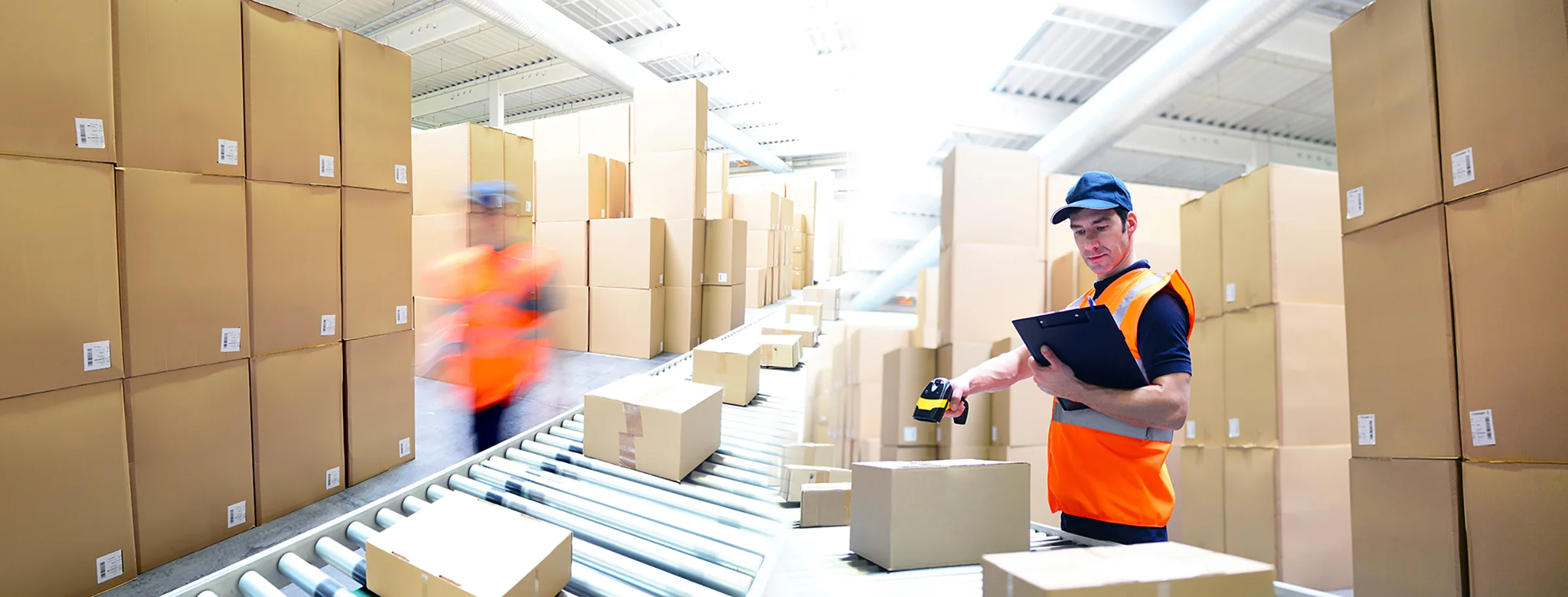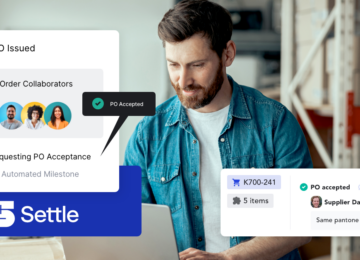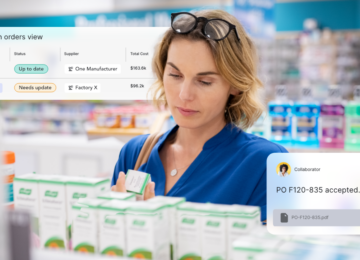The sheer pressure felt by the global supply chain in the past few years has had a monumental impact on businesses.
From the impact of economic instability to the fallout of geopolitical tensions, the overall state of supply chain will continue to evolve.
This has created a more complex work environment for supply chain managers, whose organizations rely on them much more to protect their financial health with a strong supply chain strategy.
One aspect of the global supply chain that these challenges impact the most is first mile logistics.
What Is the First Mile in Supply Chain?
The supply chain’s first mile stretches from purchase order (PO) issuance to the product’s delivery to a warehouse.
It includes the supply chain’s initial stages when products are sourced, produced, and transported from the point of origin to a warehouse. After the first mile, they will then be shipped directly to the consumer or other retailers selling them – often called the last mile.
Why Are First Mile Logistics Crucial?
Of course, optimizing the first mile of the supply chain has always been crucial for success. But it’s never been more critical for businesses to ensure their first mile runs as efficiently as possible.
Why? Brands’ ability to scale their business depends entirely on the efficiency of their first mile shipping, first mile delivery and the overall performance of their supply chain.
Material and labor shortages, transportation disruptions, and cost increases continue to wreak havoc on first mile delivery.
In addition to an increasingly competitive e-commerce landscape, these challenges mean brands need more visibility in their first mile than ever before.
A recent Anvyl report that surveyed consumer brands ranging from $15-$750M in annual revenue found that 52% plan to increase supply chain visibility to adapt to unexpected change.
And 51% plan to implement tools that provide advanced tracking and real-time data and collaboration to better manage first mile logistics.
So, which processes and technology should brands consider to strengthen and optimize their first mile?
How to Optimize First Mile Logistics
Building an efficient first mile of the supply chain requires careful planning, effective processes, and strong partnerships. Here are some key steps to consider:
1. Review supplier relationships
For any supply chain strategy to succeed, brands need to have good relationships with their suppliers.
Unfortunately, the same challenges that make managing the supply chain’s first mile more complex can also cause rifts with suppliers.
In another survey from Anvyl, over half (56%) of respondents were forced to switch suppliers in the past year, primarily due to consistent delays and higher costs.
Brands need to address these complexities immediately to optimize first mile logistics.
Brands should start with a supplier audit. Supplier audits should always be an integral part of any growth strategy, not because teams need to look for minuscule reasons to fire a supplier.
Supplier audits improve supply relationships. They build stronger lines of communication so all stakeholder can get ahead of predictable issues before they arise, or quickly and confidently react to address problems that emerge without warning.
Supplier audits also help identify potential risks like a shortage of raw materials or components, quality issues, or delivery delays
2. Leverage automations
Supply chain teams at small and mid-sized companies, in particular, often rely on disparate and manual processes to track first mile logistics because they usually don’t have the resources or budget to invest in their tech stack.
However, many organizations need to realize how much money and time they lose when they spend hours each day manually handling repetitive tasks such as approving a purchase order or paying an invoice.
Automating purchase orders, invoices or other critical milestones in the first mile lets brands dedicate more time to jobs that require a human touch.
By leveraging automation, brands enhance the accuracy of their work, increase visibility and transparency of their global supply chain, and optimize decision-making.
Here are just a few examples of how brands can leverage automation in first mile logistics:
Simplify purchase order management: Automated purchase order systems can generate and transmit purchase orders to suppliers, track order status, and facilitate order confirmations and invoicing.
This reduces manual effort, minimizes errors, and accelerates the procurement cycle.
Optimize inventory management: Automated inventory systems use barcode or RFID technologies to track and manage inventory levels, provide real-time visibility, and trigger automatic replenishment when stock reaches predefined thresholds.
This helps avoid stockouts, reduce carrying costs, and improve inventory accuracy.
Create predictability: Automated demand forecasting tools can analyze historical data, market trends, and customer insights to generate accurate demand forecasts.
This helps supply chain managers make informed decisions about procurement, production schedules, and inventory management in the first mile.
3. Centralize supply chain data
Many organizations rely on chaotic and unreliable ways to track purchase orders and other data in the supply chain, such as spreadsheets and never-ending email chains.
This makes communication and collaboration unnecessarily difficult and increases manual errors.
Brands need a single source of truth to bridge the gap between their supply chain teams, systems, and suppliers. Supply chain management software like Anvyl centralizes data from suppliers, production facilities, and transportation partners, giving teams real-time visibility into the status of materials, orders, and shipments in the first mile.
The result is a more holistic view of supply chain relationships, which goes a long way toward an efficient first mile.
Ready to learn more? Book a demo, or read more about optimizing the first mile.



